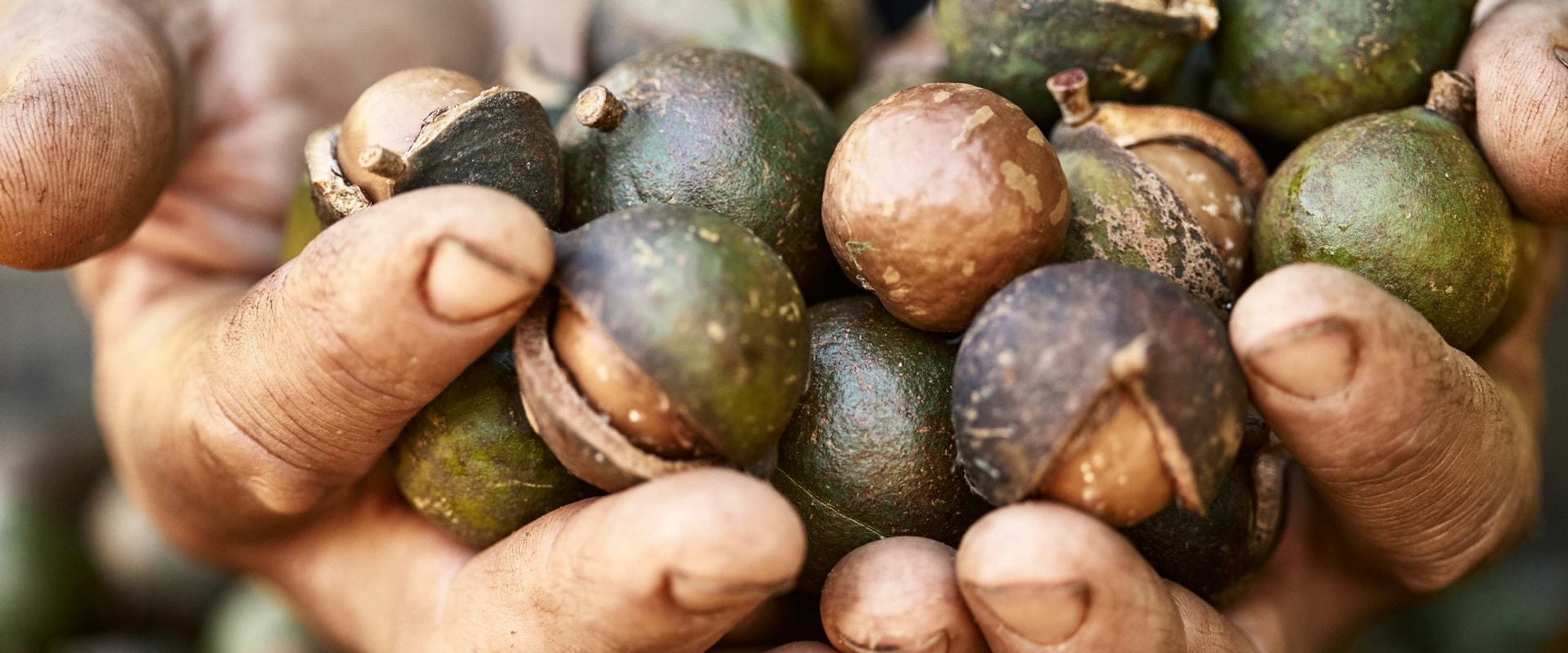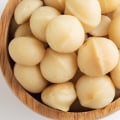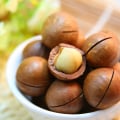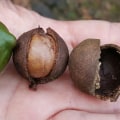Collect macadamia nuts every 2 to 4 weeks during humid weather. During the harvest season, from late fall (fall) to spring, focus your efforts on periods when the weather is humid. When the weather is dry, harvest walnuts less often every 1 to 2 months. The macadamia fruiting season begins in late fall and continues until spring.
Ripening time varies by crop, but all varieties bear fruit continuously during their fruiting period, rather than all at once. If you're wondering when to pick macadamia nuts, you have to wait until they're ripe. Nuts ripen at different times depending on where you are and what type of tree you have. Even on a macadamia tree, the nuts don't all ripen in the same week or even the same month.
Read on to learn more about harvesting macadamia nuts. Macadamia nuts are harvested manually after the fall, which occurs eight to nine months a year in Hawaii (July to March). On relatively uniform land, large-scale producers use mechanical sweepers and collection devices to compensate for the high cost of agricultural labor. The CTAHR has developed a tractor-mounted collection device that works for smaller orchards.
To avoid losses caused by mold, germination and animal damage, macadamia nuts should be harvested at least every four weeks during rainy weather, although they don't need to be harvested as often during dry weather. Macadamias will fall to the ground when they are ripe, so the best time to harvest the nuts is as soon as they fall. This should be between March and August, and most will fall in May and June. Time is a key element in harvesting macadamia nuts.
This is because macadamias are susceptible to damage if they are not harvested for an extended period of time. Identifying ripe macadamia is quite easy. The shells dry out, lose their stickiness and gradually change from bright green to brown. In addition, they shrink and open, the edges of the saliva turning brown, revealing the brown nut inside.
The key identifier for harvesting macadamia nuts are fallen fruits. Macadamia nuts fall to the ground when they are fully ripe. The nuts should be collected within 2 to 3 days after the fall to avoid damage. In humid climates, if the harvest is delayed, nuts may start to germinate or be attacked by mold.
In dry temperatures, the harvest of macadamia nuts can be extended to every 2 weeks. However, it is important to understand that, once in the ground, walnuts are vulnerable to physiological deterioration and damage caused by rodents and insects. Macadamia nuts have the hardest shells to break (although they are closely followed by Brazil nuts). The grain, which is the main product of the macadamia nut tree, is roasted in oil or dry-roasted after removing the peel.
This website has been funded in part by Hort Innovation, using the macadamia research and development tax and contributions from the Australian Government. In fact, most crops lose most of their produce during harvest, and macadamias are no exception. Macadamias are native to northern New South Wales and southeastern Queensland, so they will produce good nuts when planted in a climate zone similar to those areas. This first macadamia nut tree is still growing and producing nuts, although normally the trees only produce for about 70 years.
Immature fruits are more likely to fall when trees are shaken, denying them the chance to reach full maturity. The macadamia nut is a medium-sized, fast-growing evergreen tree with dense dark green foliage that comes from Australia. For example, in the district of Kona, on the Big Island of Hawaii, coffee is sometimes grown between macadamia trees. These locations have all the perfect conditions to grow this nut native to Australia.
Because of all the factors that influence macadamia growth and productivity, temperature is the most important thing. The shells are ground to produce organic waste for gardening, such as mulch in walnut tree orchards and for leaf litter for chickens that, after use, return to the orchard for use as fertilizer. Although the shell accounts for most of the weight of the macadamia nut, since the average recovery rate of Hawaiian kernels was around 23.5 percent between 1989 and 1990, an improved cracking system, along with better shell separators and kernels cultivated with high grain content, could increase the recovery rate to 35 percent. Because of this and the cost of harvesting, macadamia orchards generally require significant capital investment.
However, a natural garden with approximately 132 trees per hectare produces an average of 3.5 to 4 tons of nuts with shells per hectare. The green shell that covers the nut of the tree, but which turns brown and breaks on the ground, should be removed at harvest time, but can also be used as mulch or compost. If the nuts haven't fallen naturally in spring, you can manually remove them from the tree and they'll still be ripe and tasty. .
.




Leave Message